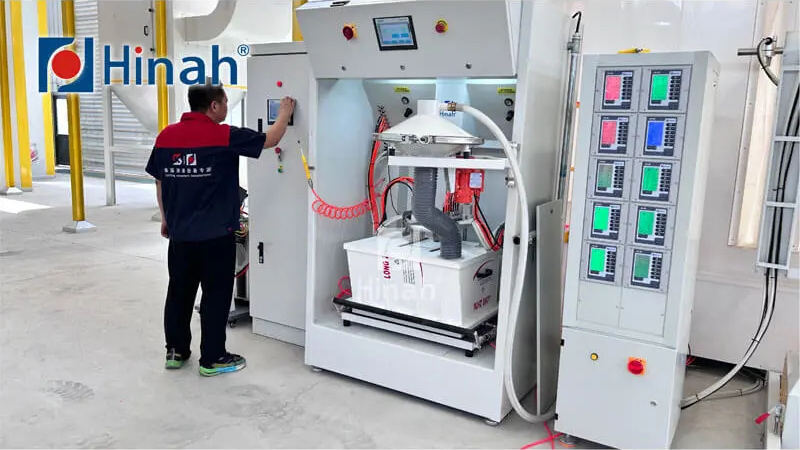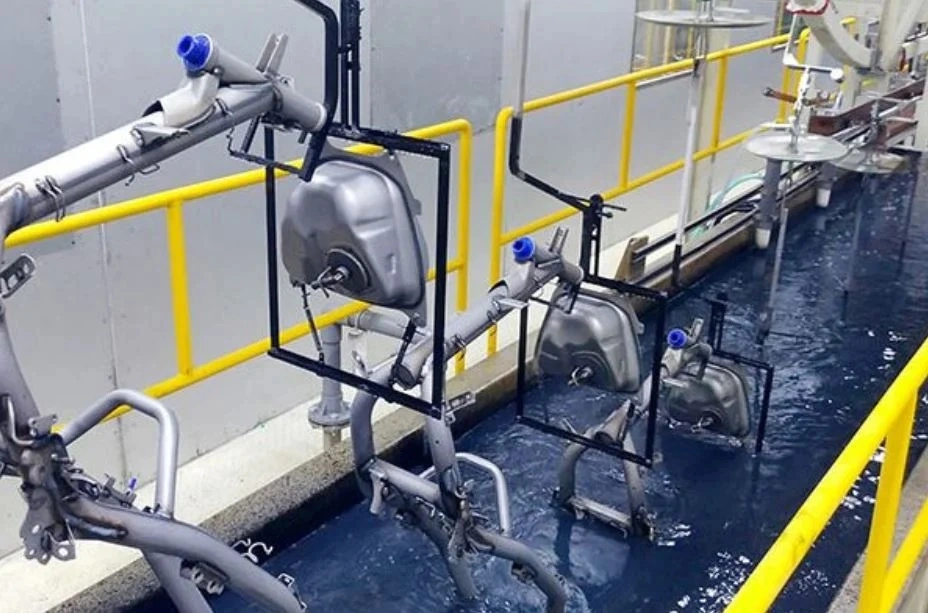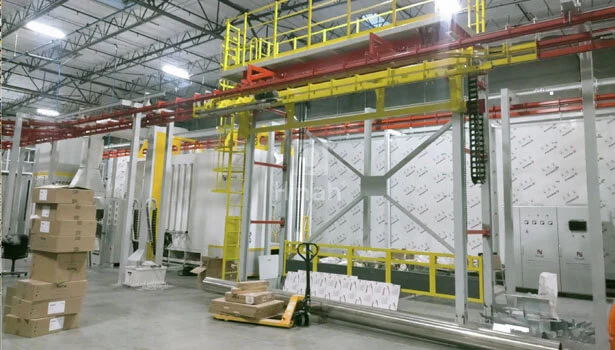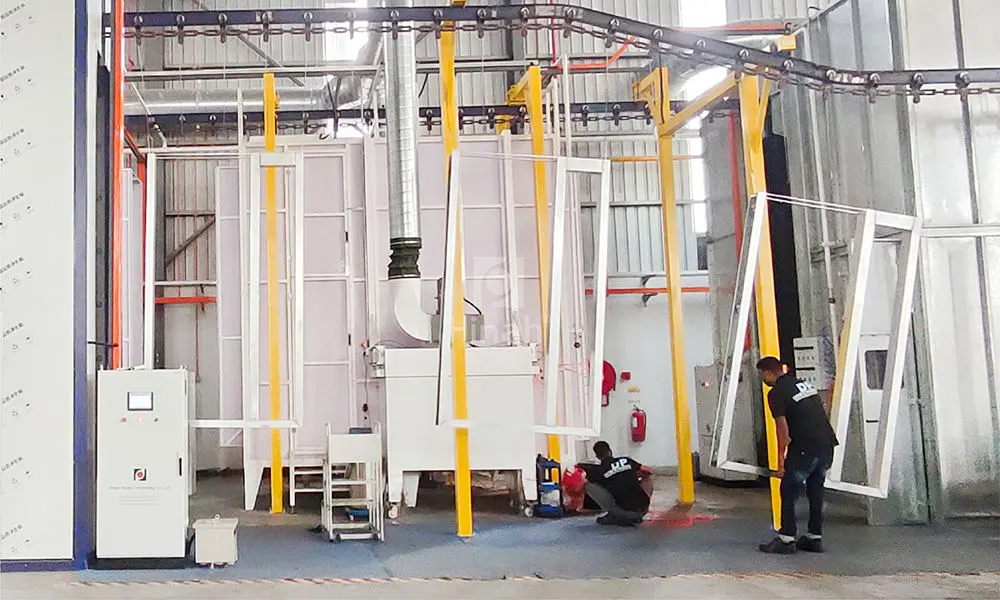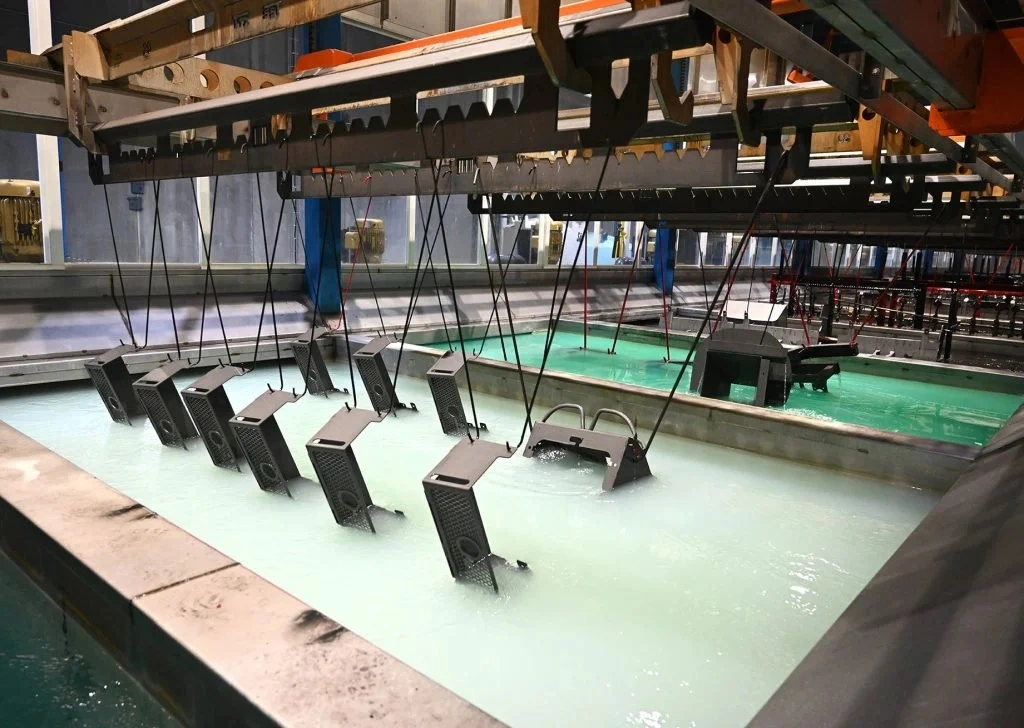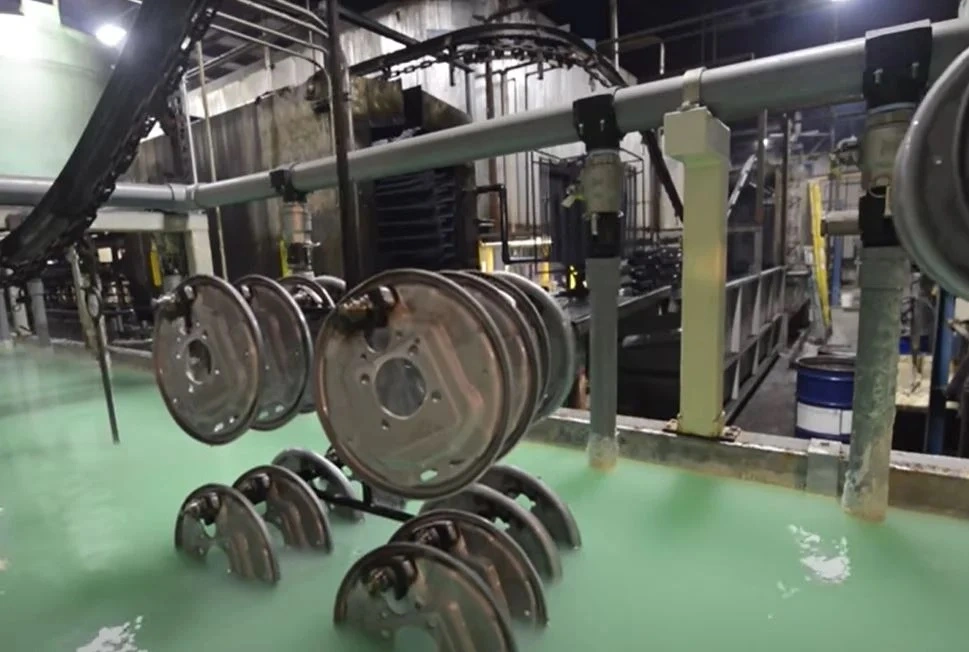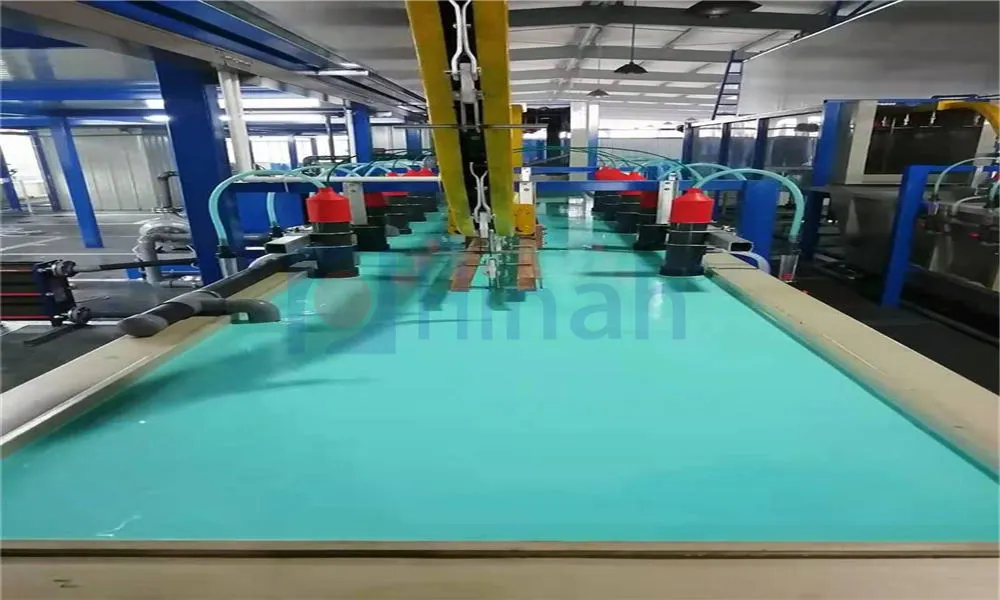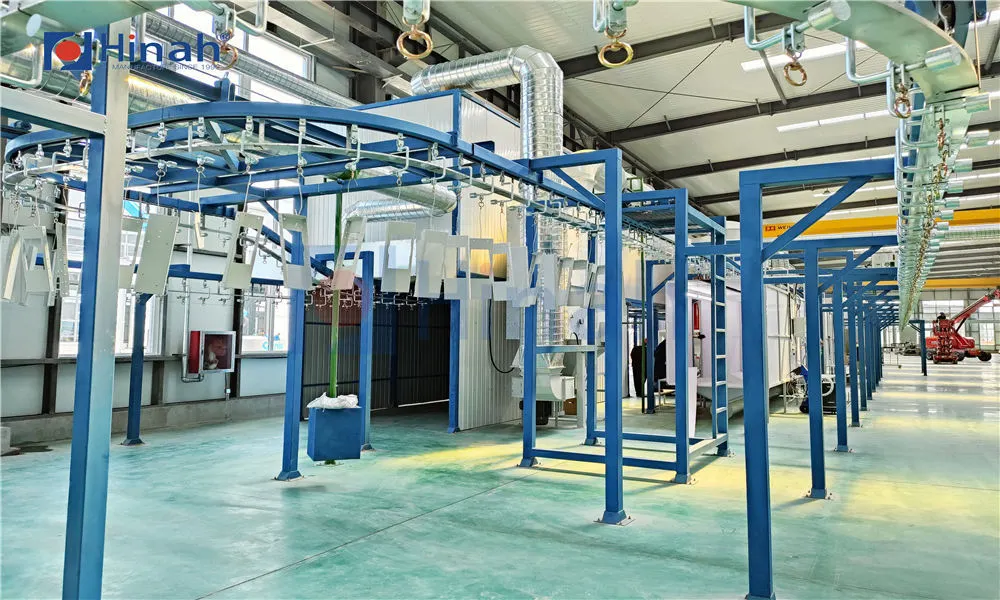The finishing touch on a product can be just as critical as its structural integrity. In the world of durable, high-quality, and environmentally friendly finishes, powder coating reigns supreme. For businesses looking to upgrade their operations or enter this market, investing in the right commercial powder coating equipment is a pivotal decision. This comprehensive guide will walk you through the different types of coating equipment, the intricacies of the process, the costs involved, and key considerations for your purchase, including common pitfalls to avoid.
Whether you're involved in high-volume powder coating manufacturing or a job shop handling diverse projects, understanding the ecosystem of Industrial Powder Coating Equipment is essential for making an informed investment.
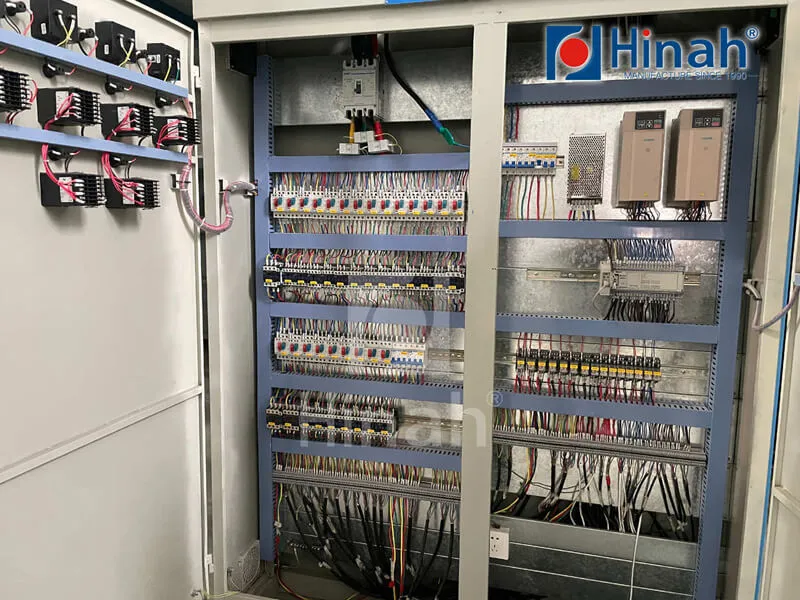
Understanding the Powder Coating Process and Its Advantages
Before diving into equipment, it's crucial to grasp the fundamentals. Powder coating is a dry finishing process where a finely ground mixture of pigment and resin is electrostatically charged and sprayed onto a surface. The coated object is then heated in a curing oven, where the powder chemically reacts to form a hard, durable, and uniform finish.
The advantages are significant:
Durability: Highly resistant to chipping, scratching, fading, and wearing.
Eco-Friendly: Contains no solvents and releases negligible amounts of Volatile Organic Compounds (VOCs) into the atmosphere. Overspray can often be recycled.
Efficiency: Achieves thicker coatings in a single application without running or sagging.
Aesthetics: Offers a vast range of colors, textures, and finishes (e.g., glossy, matte, metallic, wrinkled).
This process is versatile, but the equipment setup varies significantly depending on the material. For instance, the plastic powder coating process requires precise pre-treatment and lower curing temperatures to prevent melting, unlike metal substrates.
The Core Components of a Complete Powder Coating System
A full Powder Coating System is more than just a spray gun. It's an integrated line designed for maximum efficiency and consistency. The main components include:
Pre-Treatment Stage: This is arguably the most critical step for adhesion and longevity. It typically involves cleaning (e.g., pressure wash, chemical spray) and etching the substrate to remove oil, dirt, and mill scale. A phosphate or chrome-free conversion coating might be applied for enhanced corrosion resistance. Skipping or inadequately executing pre-treatment is a primary cause of coating failure.
Application Booth: This enclosed space contains the overspray during spraying. A well-designed booth, often with cartridge or cyclone recovery systems, keeps the work environment clean and allows for the collection of unused powder for potential reuse.
Spray Guns and Control Units: The heart of the application. Commercial powder coating equipment for sale includes manual, automatic, and robotic guns. The control unit provides the electrostatic charge and regulates the flow of powder and air. Advanced systems feature intuitive controls for adjusting kV, air pressure, and pattern.
Powder Recovery System: Integrated with the booth, this system collects overspray powder, filters it, and can return it to the feed hopper for use. An efficient recovery system drastically reduces material waste and operational costs.
Curing Oven: The final component where the chemical cross-linking (curing) happens. Ovens can be convection (electric or gas) or infrared (IR). The choice depends on production speed, part geometry, and energy costs. Precise temperature and time control are non-negotiable for a perfect cure.
Navigating Industrial Powder Coating Equipment Options
The market for Industrial Powder Coating Equipment is diverse, catering to different scales and needs.
Manual Systems: Ideal for low-volume production, custom work, or job shops. An operator manually sprays each part. This setup offers maximum flexibility but is limited by human speed and consistency.
Automatic Systems: These systems use fixed guns mounted on reciprocators that move up and down on either side of a conveyorized line. They are perfect for high-volume production of similar-shaped parts, ensuring consistent application.
Robotic Systems: The pinnacle of automation. Robotic arms, programmed for complex paths, provide unmatched consistency, efficiency, and material savings for intricate parts. The initial powder coating machine cost is highest here, but the ROI for large manufacturers is substantial.
When searching for commercial powder coating equipment for sale, you must match the system's automation level to your production volume, part mix, and available labor.
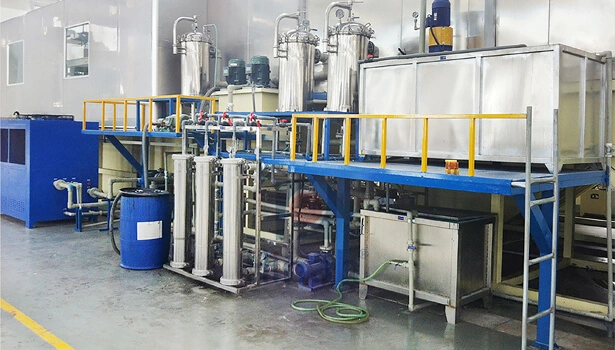
Breaking Down the Powder Coating Machine Cost
The powder coating machine cost is not a single figure; it's a spectrum influenced by several factors:
System Scale and Automation: A small manual setup for a hobbyist might cost a few thousand dollars. A full-scale, automated Powder Coating System for a manufacturing plant can run into hundreds of thousands.
New vs. Refurbished: The market for high-quality refurbished coating equipment can offer significant savings. However, it's vital to purchase from a reputable supplier that offers warranties and support.
Key Cost Components:
Oven: Often the most expensive single item. Size, heating method (electric vs. gas), and insulation quality are major price drivers.
Application Equipment: Advanced manual guns with digital controls cost more than basic models. Automatic and robotic systems command a premium.
Pre-Treatment: A simple wash station is less expensive than a multi-stage phosphatizing system.
Hidden Costs: Remember to factor in installation, electrical/gas hookups, compressed air systems, ventilation, and ongoing maintenance.
Obtaining quotes from multiple suppliers for a complete system is the only way to get an accurate picture for your specific needs.
5 Common Challenges and Problems in Powder Coating
Even with the best equipment, operators can face issues. Understanding these common problems helps in troubleshooting and maintaining quality.
Poor Adhesion (Powder Peels Off): Almost always traced back to inadequate pre-treatment. Oil, grease, or rust on the substrate prevents the powder from bonding. Contaminated compressed air can also be a culprit.
Orange Peel: A textured finish that resembles the skin of an orange. This is typically caused by incorrect film thickness, improper curing (too hot/too fast), or incorrect gun settings.
Back Ionization (Faraday Cage Effect): A problem when coating recessed areas. The electrostatic charge builds up on the surface, repelling further powder. Solutions include reducing the kV setting, using a special gun designed for Faraday cages, or applying thinner coats.
Pinholes and Craters: Tiny holes or blemishes in the finish. These are often caused by contaminants on the substrate (e.g., moisture, oil) or in the compressed air line. They can also occur if the part is outgassing—releasing gases from impurities during curing.
Inconsistent Color or Gloss: Usually a curing issue. Under-curing leads to low gloss and poor durability, while over-curing can cause discoloration (yellowing) and reduced mechanical properties. Precise oven temperature profiling is essential.
Is a Turnkey Powder Coating System Right for Your Business?
For a business setting up a new line, a turnkey system can be an excellent solution. A supplier provides a complete package—design, coating equipment, installation, and training. This simplifies the process and ensures all components work together seamlessly. This is highly recommended for complex operations like setting up a dedicated plastic powder coating process line, which has unique requirements.
When evaluating commercial powder coating equipment for sale, consider the supplier's reputation, service support, availability of spare parts, and training offerings. A reliable partner is as valuable as the equipment itself.
Investing in commercial powder coating equipment is a significant step toward achieving superior product finishes, improving efficiency, and adopting a more sustainable manufacturing process. By carefully considering your production needs, understanding the total powder coating machine cost, and being aware of potential challenges, you can select a Powder Coating System that will serve your business reliably for years to come, making your powder coating manufacturing process a core competitive advantage.


